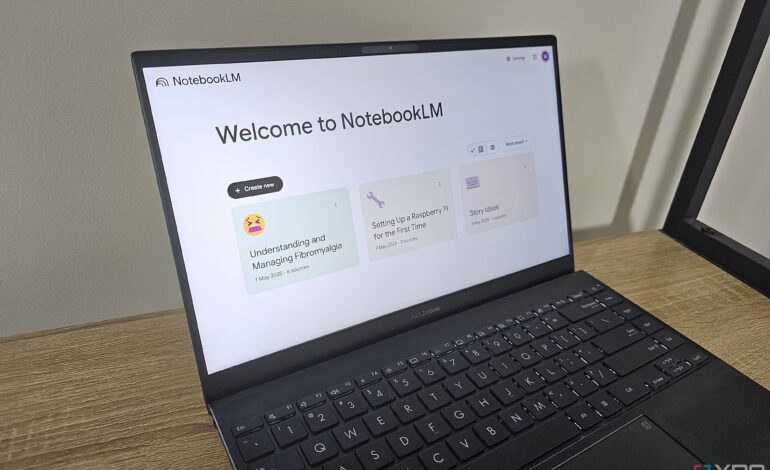Critical Flaws in NotebookLM Exposed: Urgent Fixes Needed Now

URGENT UPDATE: Users are raising alarms over significant flaws in NotebookLM, the promising generative AI tool from Google, following its recent partnership with OpenStax. These issues, which hinder usability and learning effectiveness, demand immediate attention.
Reports confirm that NotebookLM’s source view, especially after the integration of OpenStax textbooks, is proving to be highly inefficient. Users have expressed frustration over how the Sources pane occupies only a third of the screen, limiting access to crucial information. This awkward layout makes it difficult to engage deeply with materials, leading many to abandon the tool for original OpenStax resources instead.
In addition, users have noted that when uploading PDFs, they receive a stripped-down version of the content. This lack of rich formatting and images severely limits NotebookLM’s potential as a learning resource. The varying quality of text scraping, whether from direct uploads or Google Drive, further complicates the experience.
Moreover, an alarming trend has emerged regarding NotebookLM’s video generation capabilities. Users attempting to create informative videos on complex topics, such as chronic migraines, report that the AI often recycles content with minimal adjustments. One user stated, “The new video barely addressed my prompt, spending most of the time reiterating previous points.” This raises concerns about the effectiveness of the AI in delivering tailored educational content.
TIME-SENSITIVE: These features need urgent improvement to ensure users can gain the most from their learning experiences. As of now, many are left dissatisfied with the recycled video information and lack of depth in response to specific prompts. Officials have yet to announce any plans for updates or fixes.
Adding to the woes, NotebookLM’s citation system for video sources is falling short. Users have reported that the chatbot fails to provide timestamps, making it difficult to locate critical moments within lengthy videos. This oversight has been particularly frustrating for users creating workouts or gaming guides, where precise information is key.
The Android app version of NotebookLM, released in May 2025, has also come under fire for its limited functionality compared to the web version. Users are noting that while the app syncs saved notebooks, it does not preserve essential features like mind maps and FAQs. This lack of synchronization diminishes the overall utility of the app, prompting many to question its effectiveness.
Lastly, the implementation of featured notebooks at the top of the NotebookLM home page has left users feeling overwhelmed. With no updates since July, these notebooks overshadow users’ saved content, making it challenging to navigate and access personal materials.
As users continue to voice these concerns, the future effectiveness of NotebookLM hangs in the balance. Next steps include monitoring updates from Google regarding these issues and advocating for improvements in the tool’s functionalities.
For now, NotebookLM remains a useful resource for summarizing information, but without prompt fixes, it risks losing its status as a top-tier educational tool. Share your experiences and concerns to keep the discussion alive—it’s time for Google to step up and enhance NotebookLM for its dedicated user base.






